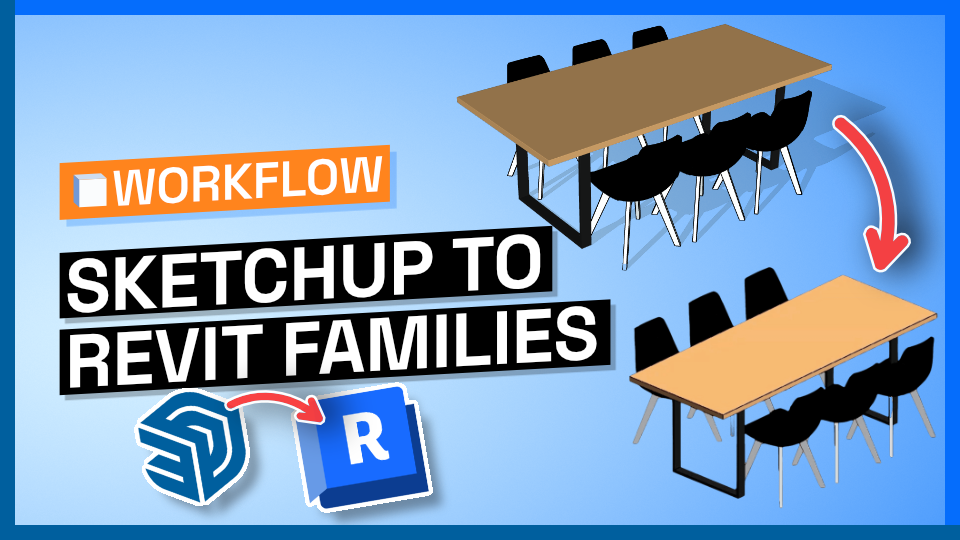And we've got you covered with a tutorial that will guide you through the process. We believe you can enjoy the best of both platforms without having to recreate your models from scratch. Let’s get started!
Prerequisites
Before diving into the tutorial, ensure you have the following:
- Speckle Account: Create one for free at speckle.xyz.
- Speckle Manager: Download from here.
- Revit Connector: Install the Connector via Manager.
- SketchUp Connector: Install the Connector via Manager.
You can watch the full tutorial here:
Tutorial Files
In this tutorial, we use a SketchUp file downloaded from the 3D Warehouse. You can download the file here.

Sending from SketchUp
- Open the SketchUp file.
- Select the component you want to convert to a Revit family.
- Launch the Speckle Connector in SketchUp.
- Select the Project and Model you want to send the component to.
- Click "Send" to initiate the transfer.
Receiving in Revit
- Open Revit and launch the Speckle Connector.
- Locate the Project and Model from the list.
- Click "Receive".
Important Considerations
Nested Components
Speckle won’t create families for nested components but will still use their geometry in the family created. Keep this in mind while using this feature.
Aligning Origins
If you use this feature to position Revit families instead of CAD blocks, ensure the family's origin aligns with the block's to avoid unintended results.
Category Assignment
Currently, category assignment is exclusively available through Mapper for Rhino, with plans to extend this functionality to other applications.
Handling Existing Families
If a family in the document has the same name as the block, the Revit Connector will use that element. You can use this logic to establish workflows where you can replace blocks with native Revit families that you have created. This can be a useful technique to streamline your Revit projects.
Conclusion
In this tutorial, we covered converting SketchUp components to Revit families. We believe that using this feature will enable you t bridge the gap between SketchUp and Revit, enhance your workflow and save you valuable time. Give it a try, and let us know what you think!


